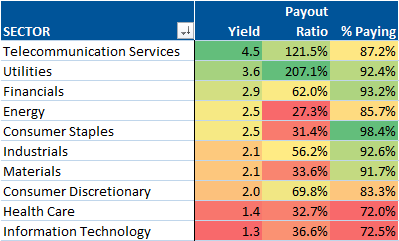
The big winner was Renault with registrations approaching +30%yoy, while the PSA Group (Peugeot) followed with a nearly 10%yoy increase:

In fact, Auto Manufacturers in the MSCI Europe have had, in general, a decent year so far.

A few names even offer a compelling case on the valuation front (reminder: these are are adjusted for companies' investments in intangibles).

And, speaking of intangibles, most of the European auto makers invest around 4% of sales in R&D-- a figure that is in-line with competitors in Asia-Pacific and North America:

Meanwhile, they have, on average, cash balances approaching 11% of assets and, in some cases (Renault and Porsche), negative net debt as a percent of capital:

Finally, it is interesting to note that, unlike counterparts in other regions, all of the European constituents of the sub-industry have managed to generate positive sales growth over the last five years:

While none of these names manage to satisfy our requirements to be classified as a Knowledge Leader (mostly due to insufficient gross margins and/or free cash flow margins), the sub-industry as a whole doesn't appear to be a complete wreck.













































